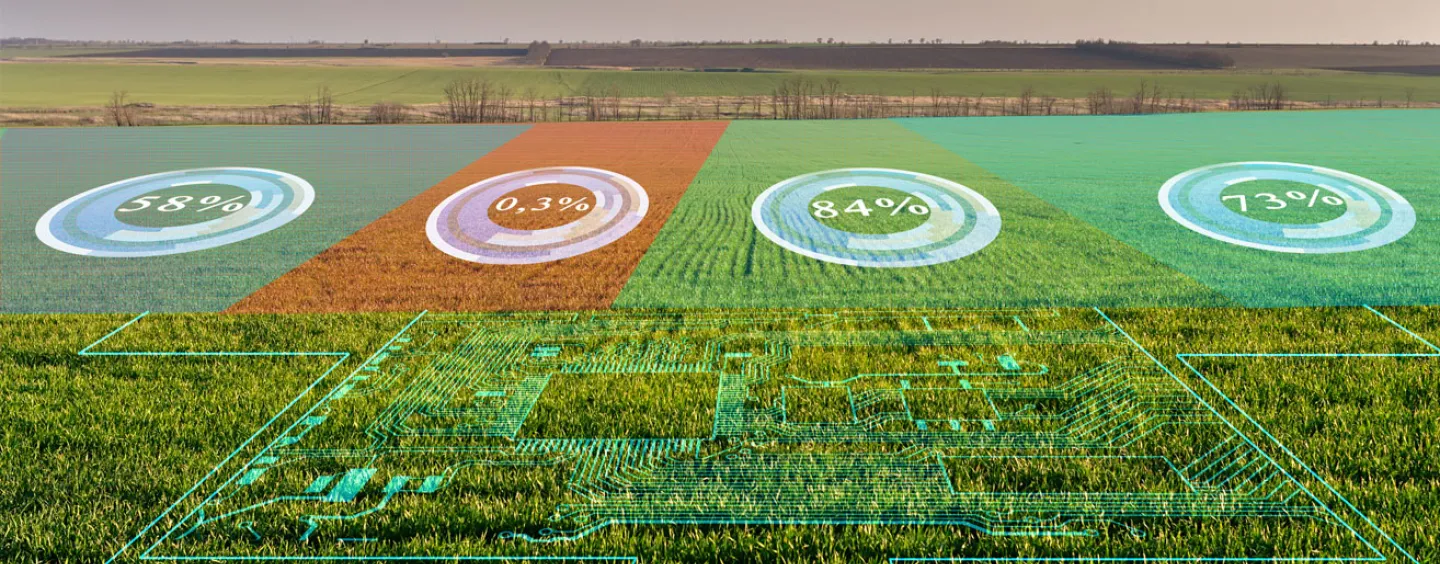Site-specific crop management (SSM) uses a variety of technologies to manage different parts of a field separately. Natural, inherent variability within fields means that mechanized farming could traditionally apply only crop treatments for “average” soil, nutrient, moisture, weed, and growth conditions.
Necessarily, this has led to over- and under-applications of herbicides, pesticides, irrigation, and fertilizers—except on those rare sites that are truly average. Chemical excesses from blanket applications, then, end up running off or leaching from fields into ground water and surface waters. Most current SSM practices use precise global positioning combined with location-specific measurements—either in-field data collection (such as soil variables or pest occurrence) or remotely sensed data (such as from aircraft or satellites)—to quantify spatially variable field conditions.
Within-field operations, then, adjust treatments based on spatially referenced management decisions recorded on maps of management zones. Now precision technologies are being developed that can sense microsite specific conditions in real time “on the go” and can automatically adjust treatments to meet each site's unique needs (variable rate nitrogen application). These latter types of technologies require no a priori spatial information, but rely, instead, on the ability to simultaneously measure soil or plant conditions and to effect treatments.
In fact, SSM is more akin to traditional agricultural practices, wherein small-scale, non-mechanized farming permitted spatially variable treatments. Farmers, at that time, possessed intimate knowledge of each small corner of each field and, because agronomic practices were primarily manual, could readily translate that knowledge into location-specific cultural practices.
Later, agricultural mechanization reduced labor costs (the primary input cost) and permitted massive increases in production while wasting other, cheaper inputs (fertilizer, herbicides). Because these other costs have increased in recent decades—and environmental costs are now being accounted for—producers are looking to variable-rate technologies to minimize input costs and mitigate environmental concerns.

